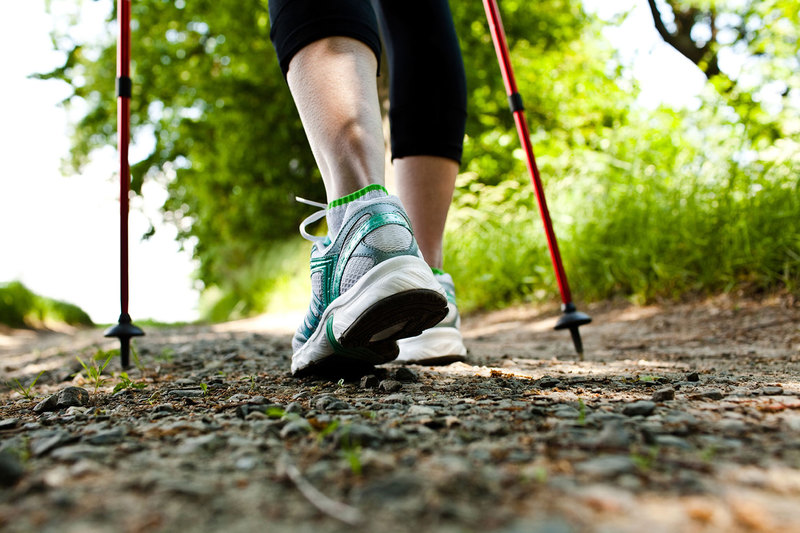
The Effect of Walking with Poles on Gait Mechanics
J. Willson, M.R. Torry , M.J. Decker, H. Ellis, T. Kernozek, J.R. Steadman; University of Wisconsin-LaCrosse, Department of Physical Therapy; Steadman Philippon Research Institute, Vail, CO
The use of exercise poles during walking has been shown to increase O2 consumption, heart rate and respiratory exchange ratio. Walking poles have also been shown to increase static postural stability and suggested to reduce loading forces in the lower extremity during dynamic activities. The purpose of this study was to determine the effects of exercise poles on walking mechanics. Gait analysis (video 60 Hz; force 1200 Hz) of the lower extremity was conducted on ten healthy adults (29 ± 5 yr., 177 ± 8 cm, 74 ± 8 kg) who completed ten trials of walking at their self-selected speed with and without poles. An inverse dynamic analysis was used to calculate select kinetic variables. Minimal verbal instructions on how to use the poles were given prior to testing. A paired t-test was used to determine sagittal plane stance phase performance differences between conditions (µ = 0.05). Walking poles caused a significant increase in walking speed and stride length (p = 0.01). Stance time and knee ROM were unchanged (p = 0.06). The braking impulse of the A/P GRF was decreased 20% with the poles (p < 0.001) while the Fz GRF impulse decreased 4% ( p = 0.07). Hip and ankle joint angular impulses were not statistically different between conditions (p > 0.11). Knee joint flexor and extensor angular impulses increased 18% (p = 0.01) and decreased 20% (p = 0.01), respectively. Although kinematic patterns were notably similar, the subtle changes in A/P and Fz GRF and knee joint kinetics may be considered beneficial over prolonged periods of exercise.

